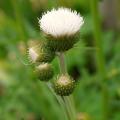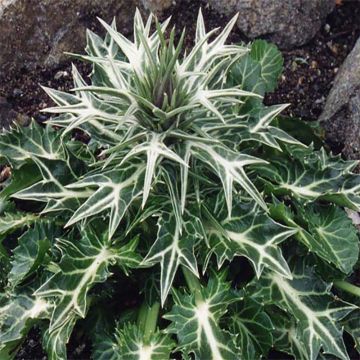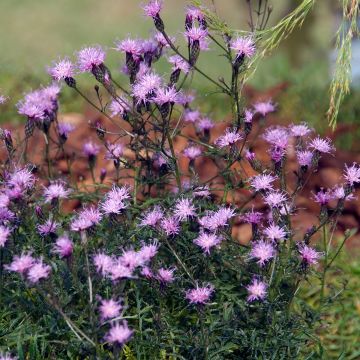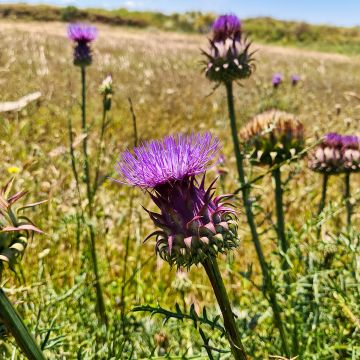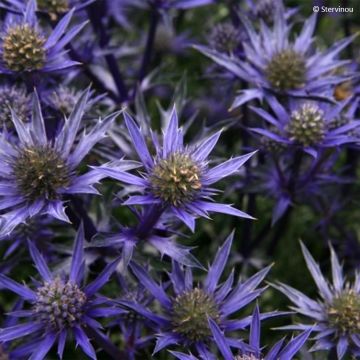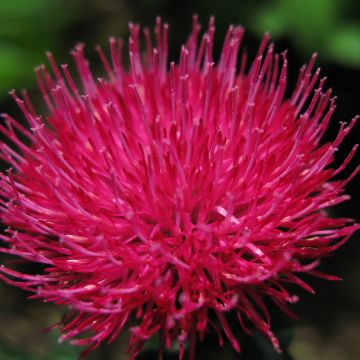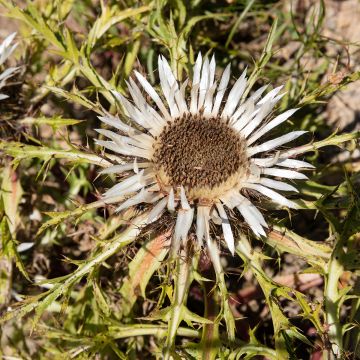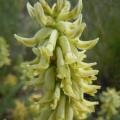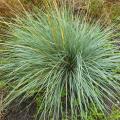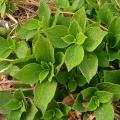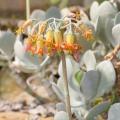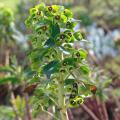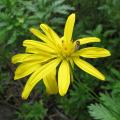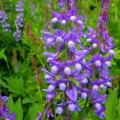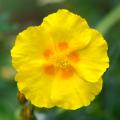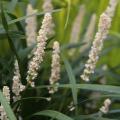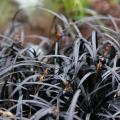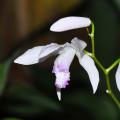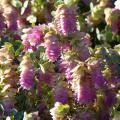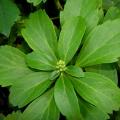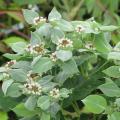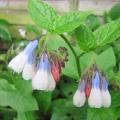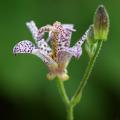Ornamental Thistles
Would this plant suit my garden? Set up your Plantfit profile →
Available in 1 sizes
Available in 1 sizes
Available in 1 sizes
Available in 1 sizes
Available in 2 sizes
Available in 1 sizes
Available in 1 sizes

Available in 1 sizes
Available in 0 sizes
Available in 1 sizes
Available in 1 sizes
Available in 1 sizes
Available in 1 sizes
Available in 1 sizes
Available in 1 sizes
Available in 1 sizes
Available in 1 sizes
Available in 3 sizes
Available in 1 sizes
Available in 1 sizes
Available in 1 sizes
Available in 1 sizes
Available in 2 sizes
Available in 2 sizes
Available in 2 sizes
Available in 1 sizes
Available in 1 sizes
Available in 1 sizes
Available in 1 sizes
Available in 1 sizes
Available in 1 sizes
Available in 1 sizes
Available in 1 sizes
Available in 1 sizes
Available in 1 sizes
Available in 1 sizes
Available in 1 sizes
Available in 1 sizes
Available in 1 sizes
Available in 1 sizes
Available in 1 sizes
Available in 1 sizes
Available in 1 sizes
Available in 1 sizes
Available in 1 sizes
Thistles, as a whole, are often associated with the field thistle (Cirsium arvense), a species that is more feared than appreciated. However, ornamental thistles are undemanding, easy to grow, and, above all, they are unrivaled for adding interest to a flat flower bed, even in winter thanks to the graphic design of their inflorescences that last for months.
The Echinops ritro is hardy and understated. This perennial thistle stands out with its blue flowering and has silver-green foliage, spiny from which small ball-shaped flowers emerge from July to September. It thrives in sunny, well-drained or dry soil.
The Onopordum acanthium, or Scotch thistle, is a biennial plant that produces large purple-pink flowers, easily reaching 2 meters (7 feet) in height, in July. They sit atop a tomentose stem, itself adorned with grayish-white foliage armed with formidable spines. It thrives in sunny locations with any type of soil, even dry or slightly alkaline soils.
Eryngiums or Sea Hollies are charming perennials with spherical inflorescences that are a lovely grayish-white or sometimes cobalt blue. In a flower bed, they are excellent decorative plants that quickly form a clump 80 centimeters (32 inches) tall and 40 centimeters (16 inches) wide, ideal for adding a touch of white to summer flower beds. Sea hollies thrive in sunny locations with well-draining soil.
Thistles generally prefer rich, moist soils, this is especially true for the riverside thistle and the marsh thistle. Decorative but a little wild, thistles are a blessing for pollinating insects as their flowers are nectar-rich.
Haven't found what you were looking for?
































